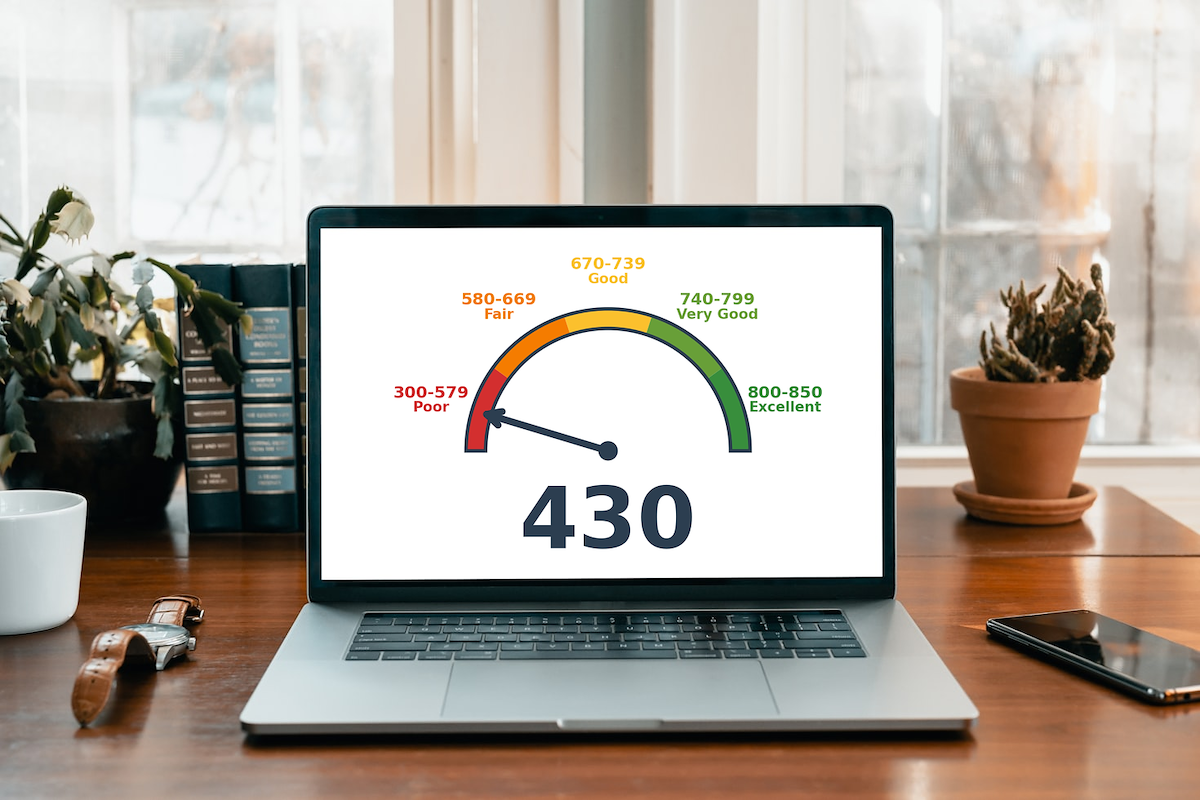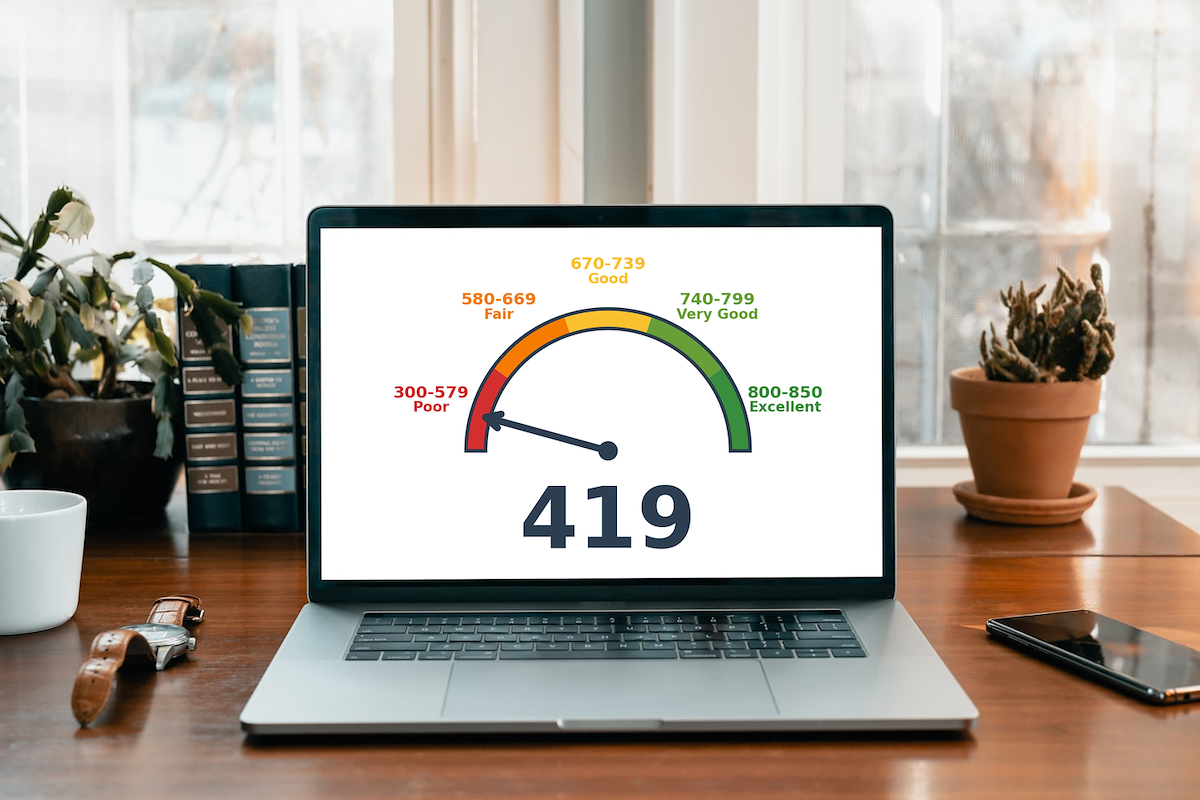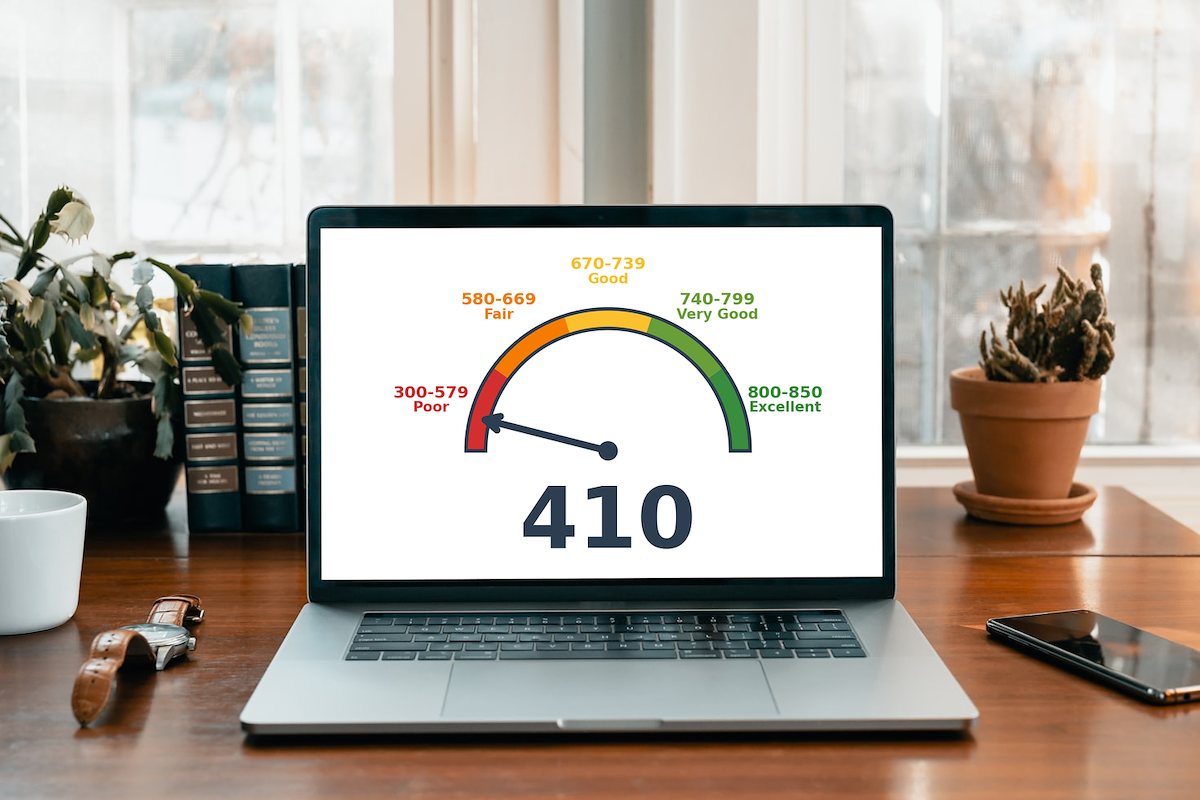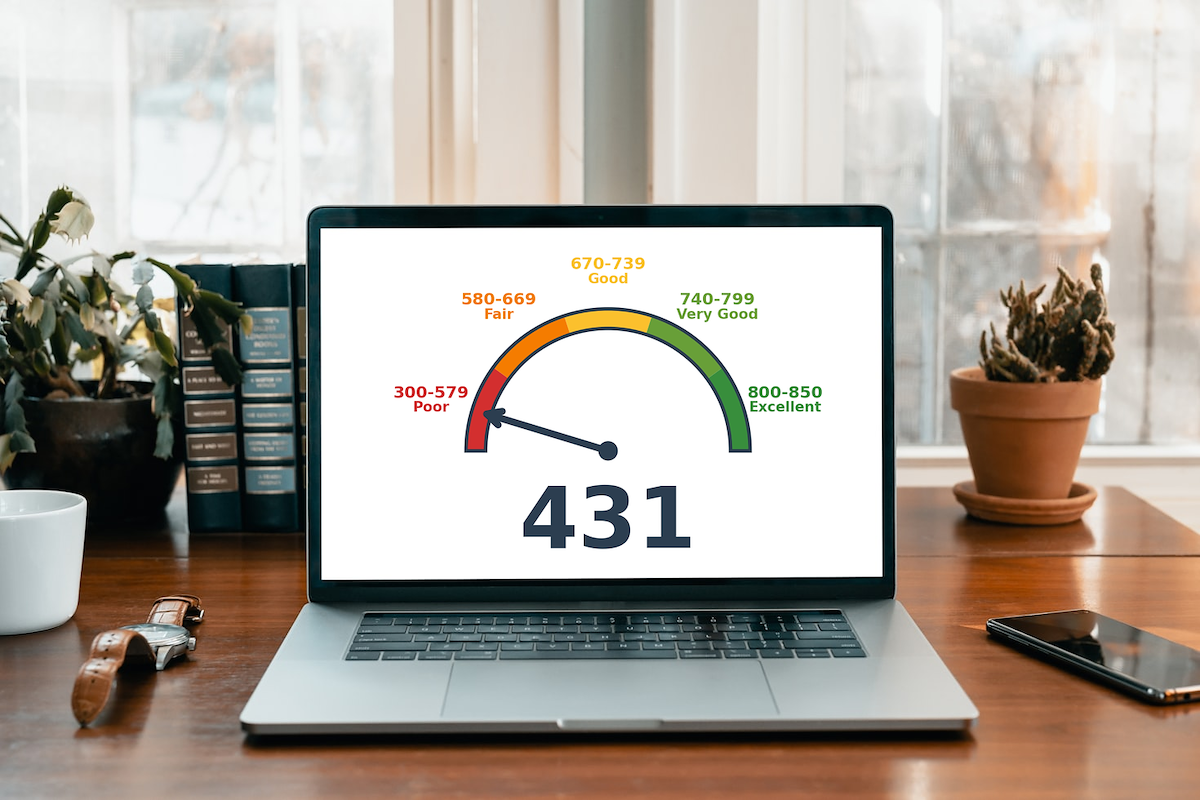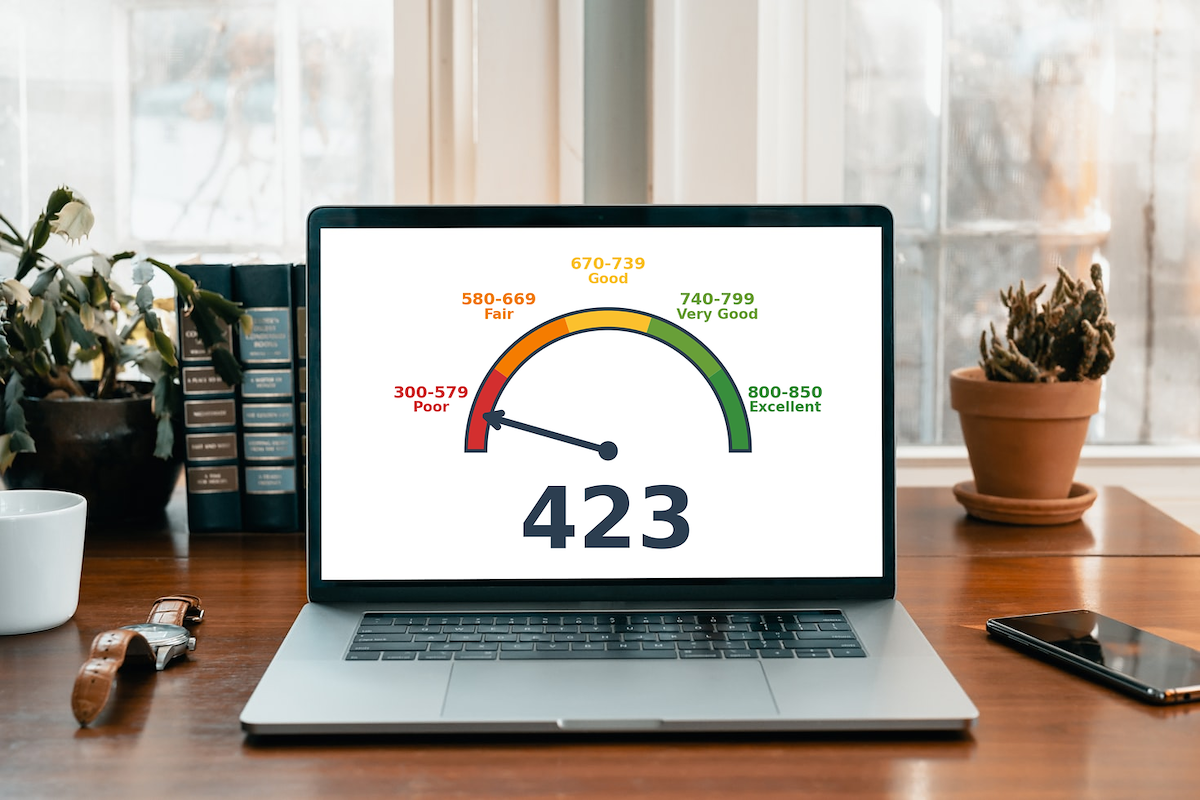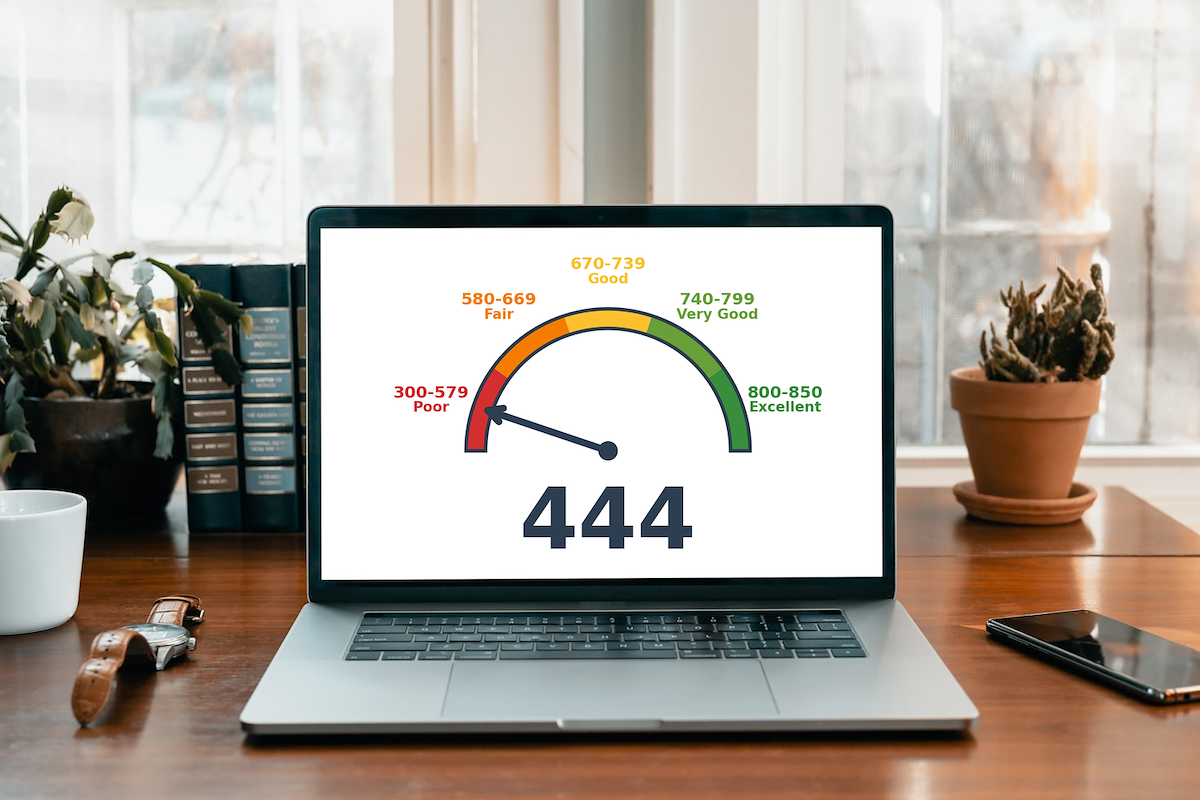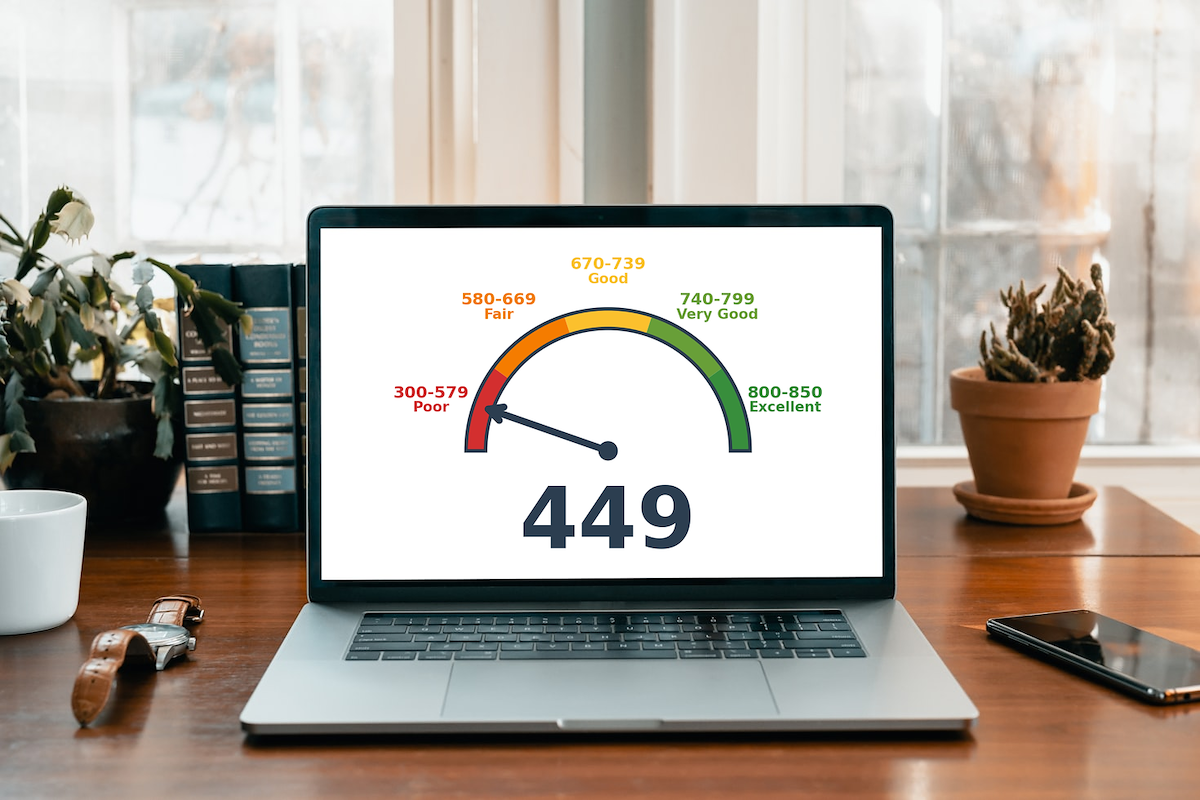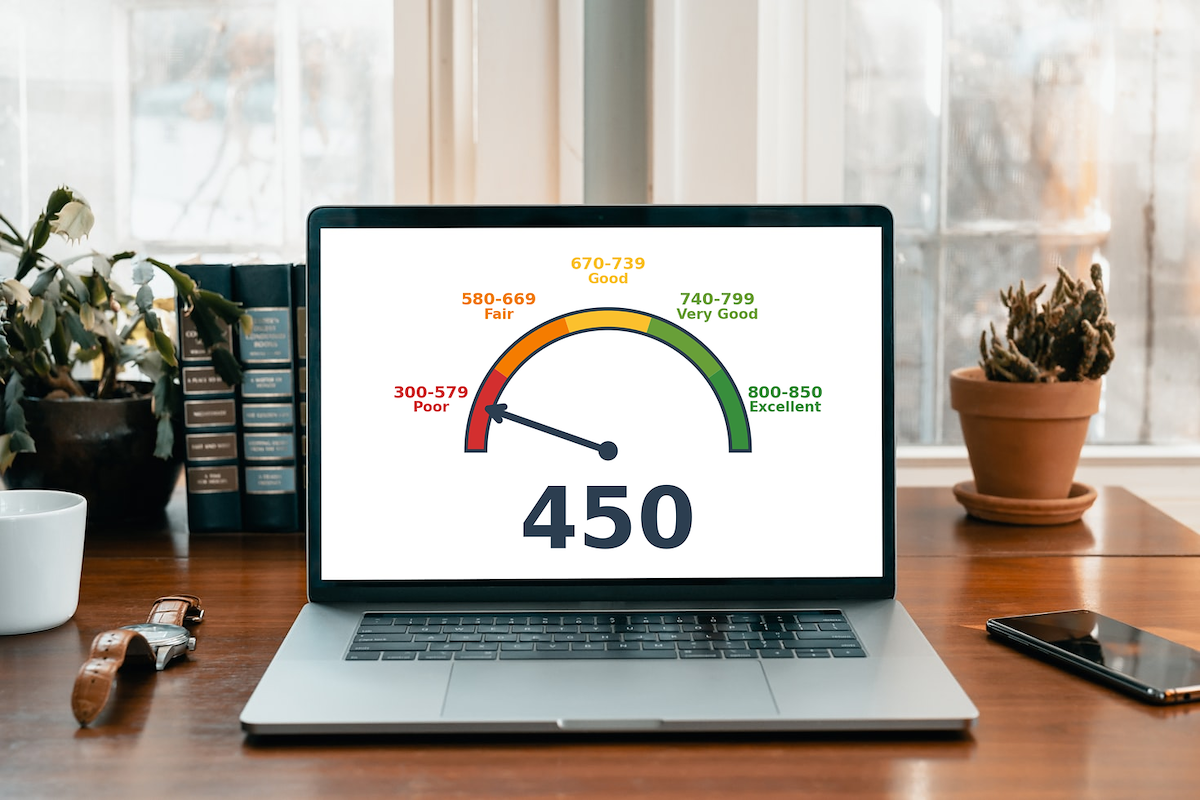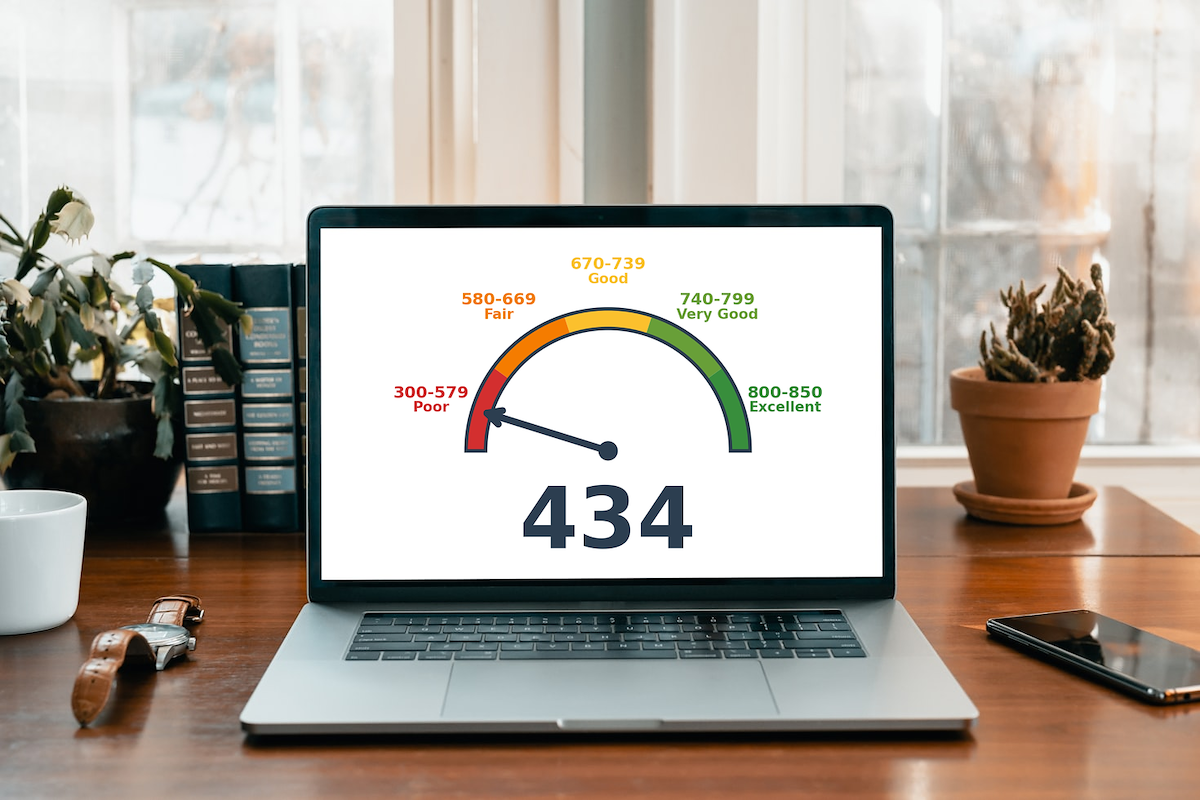
Kudos has partnered with CardRatings and Red Ventures for our coverage of credit card products. Kudos, CardRatings, and Red Ventures may receive a commission from card issuers. Kudos may receive commission from card issuers. Some of the card offers that appear on Kudos are from advertisers and may impact how and where card products appear on the site. Kudos tries to include as many card companies and offers as we are aware of, including offers from issuers that don't pay us, but we may not cover all card companies or all available card offers. You don't have to use our links, but we're grateful when you do!
425 Credit score: What You Need to Know in 2025
July 1, 2025

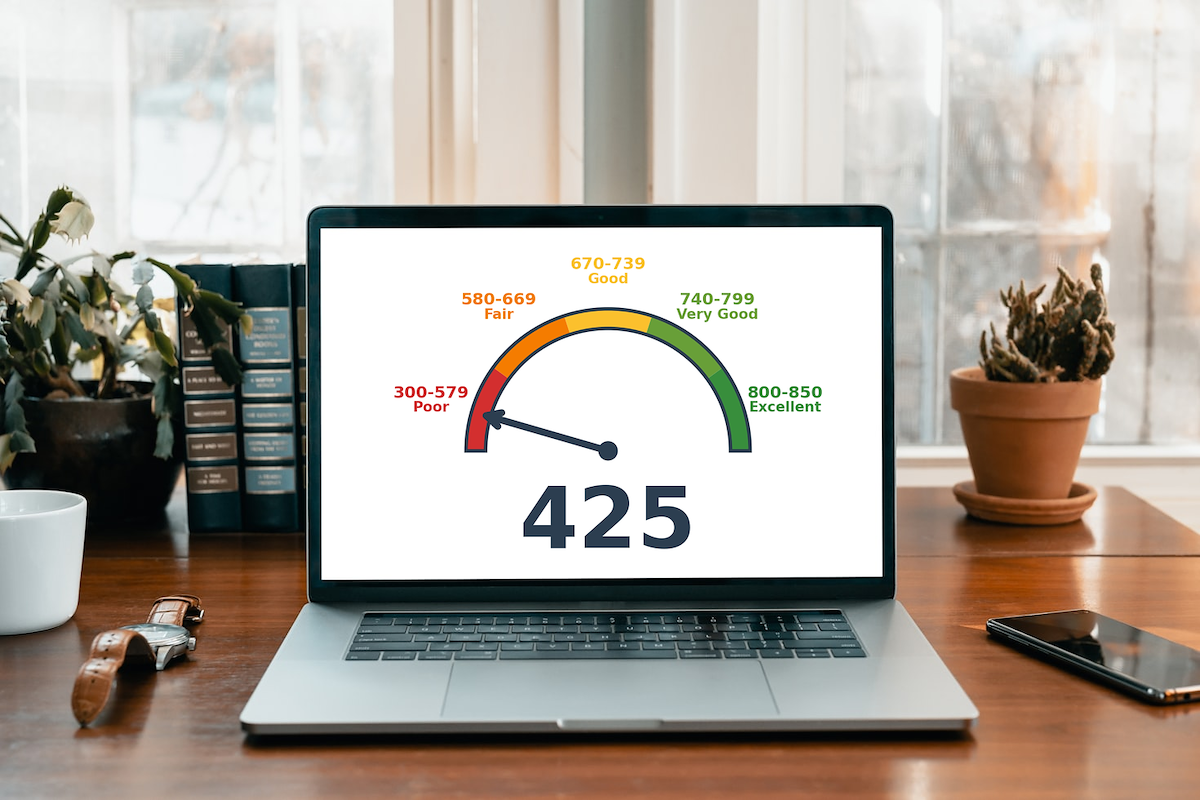
TL;DR
While a 425 credit score presents some financial hurdles, it provides a clear starting point for building a stronger credit history. This score falls into the "Poor" range on the FICO scale, which means there is significant opportunity for improvement.
What Does a 425 Credit Score Mean?
A credit score of 425 falls into the "poor" category on the widely used FICO Score range of 300 to 850. This places it at the lower end of the credit spectrum, signaling to lenders that you may represent a significant credit risk. Essentially, it's a numerical summary of your credit history that, at this level, suggests past difficulties with managing debt obligations.
Financially, a 425 score can create significant hurdles. You may face outright rejections for new credit cards, loans, and even apartment rentals. If you are approved for any form of credit, it will likely come with steep interest rates and unfavorable terms, making borrowing much more expensive. While this can feel restrictive, credit scores are dynamic and this situation is not a permanent financial sentence.
Who Has a 425 Credit Score?
While age isn't a direct factor in calculating your credit score, there is a clear correlation showing scores tend to improve over time. This is largely because older consumers have had more time to establish a longer credit history and a consistent record of on-time payments. According to 2023 Experian data, here is the breakdown of average FICO scores by generation:
- Generation Z (ages 18-26): 680
- Millennials (ages 27-42): 690
- Generation X (ages 43-58): 709
- Baby Boomers (ages 59-77): 745
- Silent Generation (ages 78+): 760
Credit Cards With a 425 Credit Score
A credit score of 425 falls into the "very poor" range, which can make qualifying for a traditional credit card a significant challenge. Most major issuers view this score as a high-risk indicator, leading to a high likelihood of application denial for standard unsecured cards. Consequently, your options will likely be restricted to secured cards that require a cash deposit or specialized unsecured cards that come with high fees and interest rates.
Kudos uses AI-driven tools to analyze your financial situation and preferences, helping you navigate its database of nearly 3,000 cards to find a suitable match. This personalized process helps you find cards that fit your specific needs, such as those with low interest rates, and provides insights into how applying might impact your credit.
Auto Loans and a 425 Credit Score
A 425 credit score places you in the deep subprime category, which can make securing an auto loan challenging. Lenders view this score as high-risk, resulting in significantly higher interest rates, with some deep subprime rates for used cars climbing above 21%.
- Super-prime (781-850): New Car: 5.25%, Used Car: 7.13%
- Prime (661-780): New Car: 6.87%, Used Car: 9.36%
- Non-prime (601-660): New Car: 9.83%, Used Car: 13.92%
- Subprime (501-600): New Car: 13.18%, Used Car: 18.86%
- Deep subprime (300-500): New Car: 15.77%, Used Car: 21.55%
Mortgages at a 425 Credit Score
With a 425 credit score, your mortgage options are extremely limited, as most mainstream lenders will not approve an application this low. Even government-backed FHA loans, which are generally the most accessible for borrowers with poor credit, have minimum score requirements that start at 500 with a 10% down payment. In practice, very few lenders will issue a mortgage for a score below 600.
If you could find a rare specialty or subprime lender, the impact of your credit score would be severe. You would face significantly higher interest rates, be required to provide a large down payment, and undergo a strict manual underwriting process where lenders scrutinize your income, debts, and employment history to offset the risk.
What's in a Credit Score?
Figuring out what goes into your credit score can feel like trying to solve a complex puzzle, but it generally boils down to a handful of key elements. The most common factors include:
- Your payment history, which tracks whether you pay your bills on time, is the most significant factor.
- Credit utilization, or the amount of credit you're using compared to your total available credit, also plays a major role.
- The length of your credit history demonstrates your experience with managing credit over time.
- Having a healthy mix of different types of credit, such as credit cards and installment loans, can positively impact your score.
- Finally, recent credit inquiries, which occur when you apply for new credit, are also taken into account.
How to Improve Your 425 Credit Score
While a 425 credit score presents challenges, it is absolutely possible to improve your creditworthiness. With consistent, positive financial habits, most people can see meaningful changes to their score in just a few months.
- Establish Automatic Bill Payments. Your payment history is the most significant factor in your score, so ensuring bills are paid on time is crucial. Automating payments prevents missed due dates, helping you build the positive history needed to climb out of a poor credit range.
- Apply for a Secured Credit Card. Designed for those with damaged or limited credit, a secured card allows you to build a positive payment history when you might not qualify for other cards. Responsible use demonstrates good habits to lenders and can eventually help you get an unsecured card.
- Become an Authorized User. You can be added to the credit card account of a trusted person with a good credit history. Their on-time payments and low credit utilization can be added to your credit file, which can help boost your score.
- Reduce Your Credit Utilization Ratio. This ratio measures how much of your available credit you're using, and keeping it below 30% is ideal. Paying down balances is the fastest way to improve this ratio and can give your score a quick lift.
To help manage your cards and maximize rewards as you build your credit, a financial companion like Kudos can guide your spending.

Supercharge Your Credit Cards
Experience smarter spending with Kudos and unlock more from your credit cards. Earn $20.00 when you sign up for Kudos with "GET20" and make an eligible Kudos Boost purchase.
Editorial Disclosure: Opinions expressed here are those of Kudos alone, not those of any bank, credit card issuer, hotel, airline, or other entity. This content has not been reviewed, approved or otherwise endorsed by any of the entities included within the post.


















